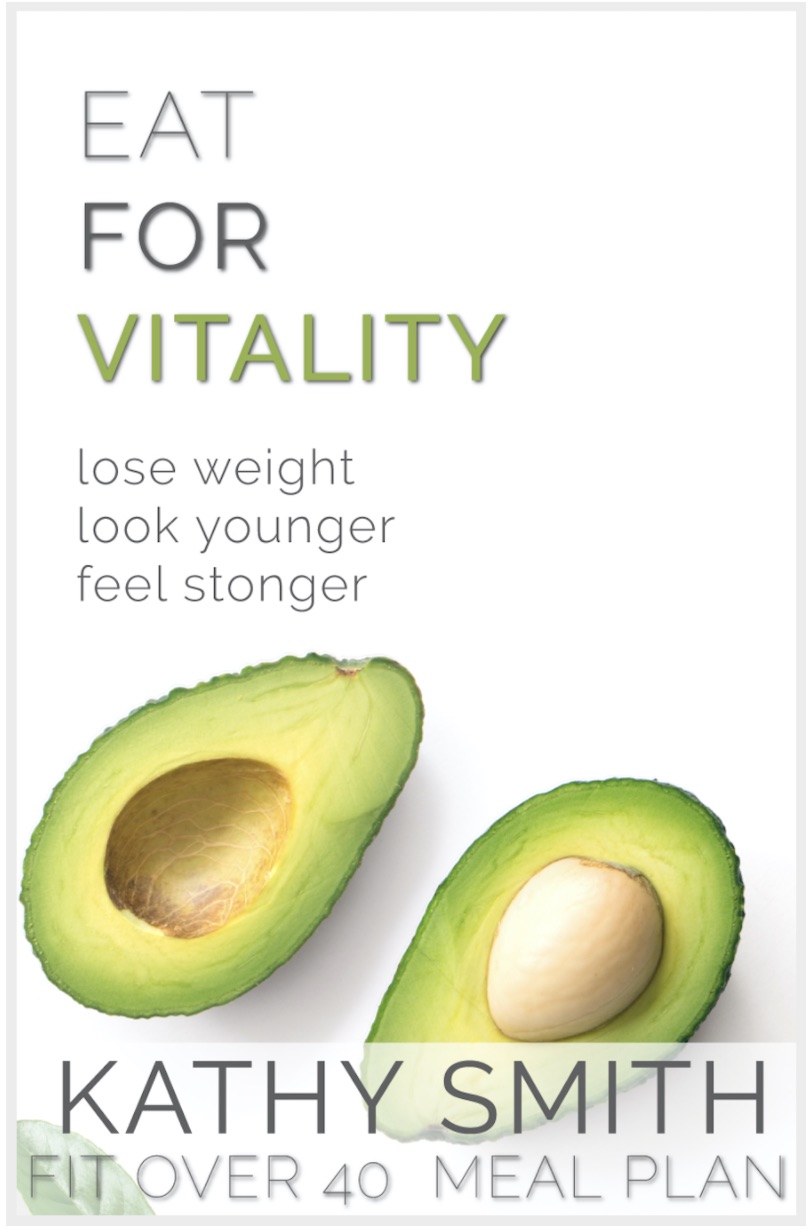Episode 90 | Dr. Felice Gersh, M.D. | Optimize Your Fast
To WATCH, Just Click Play!
You’ve probably heard of the old saying, “Calories in, calories out.” That has fueled decades of calorie counting — both what comes in through our food and goes out with exercise.
Now the NEWEST science is telling us something even more interesting. We are learning that WHEN calories come IN makes a huge difference.
For example, a group of people were given a specific meal. First they ate it for breakfast. Then after a few weeks, they ate it for dinner. When eaten in the morning, the people were able to use up the calories throughout the day. But when eaten at night, they stored the calories as fat.
Yep, our gut is on a clock. The rising and setting of the sun affects our metabolism. That’s where time-based eating and intermittent fasting come in.
As you may know, scientific studies in the last 5 years have made a point of focusing more on how the female body responds to health practices — including fasting. And the new findings are both exciting and confusing.
That’s one of the reasons I love talking with Dr. Felice Gersh, M.D. She is up-to-date on all the research and is actively helping women apply it to their daily lives.
A key hormone that she monitors is insulin.
In the morning when insulin is more “sensitive,” we need less of it to digest glucose. Our bodies are primed to eat. Then throughout the day, we lose this sensitivity, and it affects our health.
Here are some tips Dr. Gersh recently shared with me to lose weight, reduce inflammation, tone muscle, and boost immune functions through fasting…
- The ideal fasting length for women is 13 hours. And the closer you can get those hours from 6:30pm to 7:30am, the better. I even ate 15 minutes earlier every week until I hit this goal, and it feels great! That’s because our sensitivity to insulin is highest in the morning and slowly reduces throughout the day, so our best calorie intake is in the morning. However, Dr. Gersh cautions against pushing your fasting more than 13 hours. If you do, you are at risk of losing muscle mass which is already a consideration since our level of testosterone drops by half from age 20 to 40.
- That brings us to a question that readers often ask…“Can I exercise before breaking my fast?” The answer is YES! Especially if your goal is to lose weight more readily and grow more lean muscle. Then ideally, you would be eating 30 minutes after you finished exercising. On the other hand, if your goal is to build muscle, exercising in the afternoon is best.
- So how does fasting help women lose weight? Thankfully it’s due to also losing inflammation. When we follow the clock of the gut’s neurological system, we maintain happy bacteria in our microbiome and create a healthy gut lining. This means that toxins don’t leak out circulating throughout the body creating visceral fat. Also, when our insulin spikes by eating later and later, it promotes the making and storing of fat. Our bodies cannot make and burn fat at the same time. So by fasting, your body can digest and utilize the nutrients at the right time for a lean, toned figure.
- To best support your gut’s timing, Dr. Gersh recommends eating certain types of meals during the day. When you break your fast in the morning, have a salad. This may take a bit of reframing in your mind about what breakfast is, but your body will thank you! Fill the salad with veggies, beans, nuts, and fruit. Then for lunch you can skip it all together or have a light fat based meal. Finally, enjoy a medium sized dinner. If you really need something at night to help with cravings or to be social with friends and family, stick with a small amount of fatty snacks like a few olives or macadamia nuts.
As a bonus tip about night time snacking, we recently had an interesting post in our Fit Over 40 Facebook group. Sue said she was sleeping better if she had a small bowl of oatmeal with berries and peanut butter before bed. The studies tell us that this spikes our insulin which inflames our bodies and increases weight. A great way to study what might be happening to Sue’s specific body (and yours) would be to invest in a glucose monitor. By taking a sample a few times a day for a couple weeks, you can map your insulin patterns. This information will help you better customize your own fasting cycle and meal plan.





